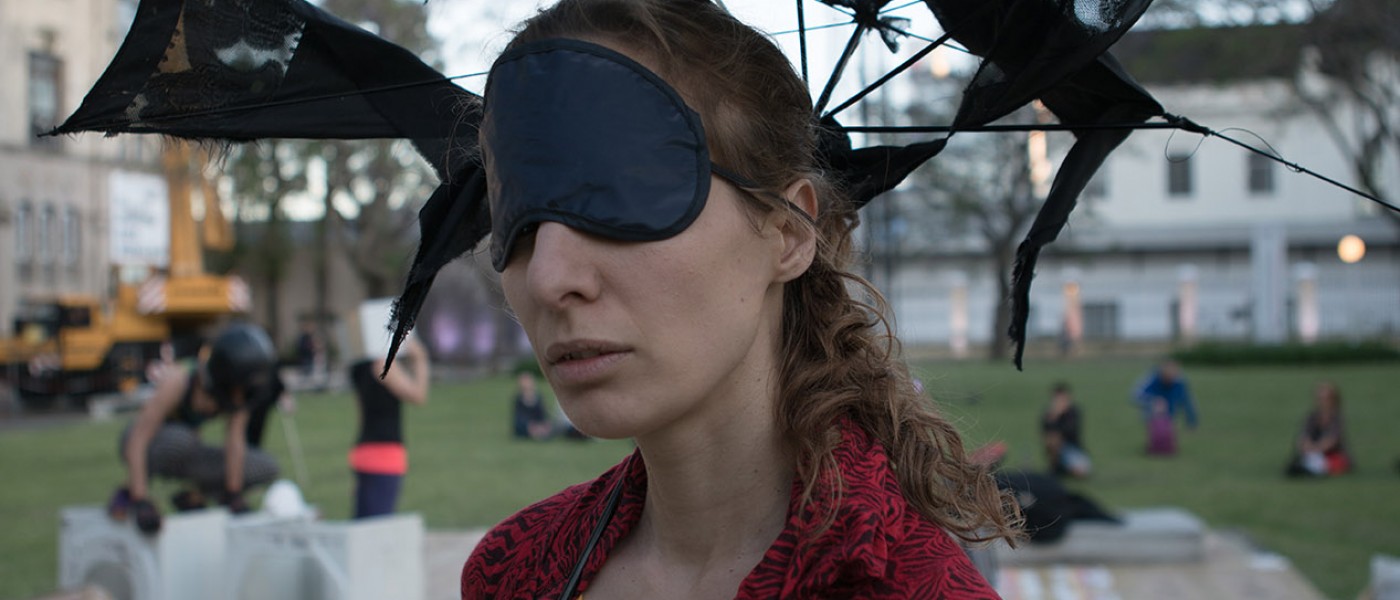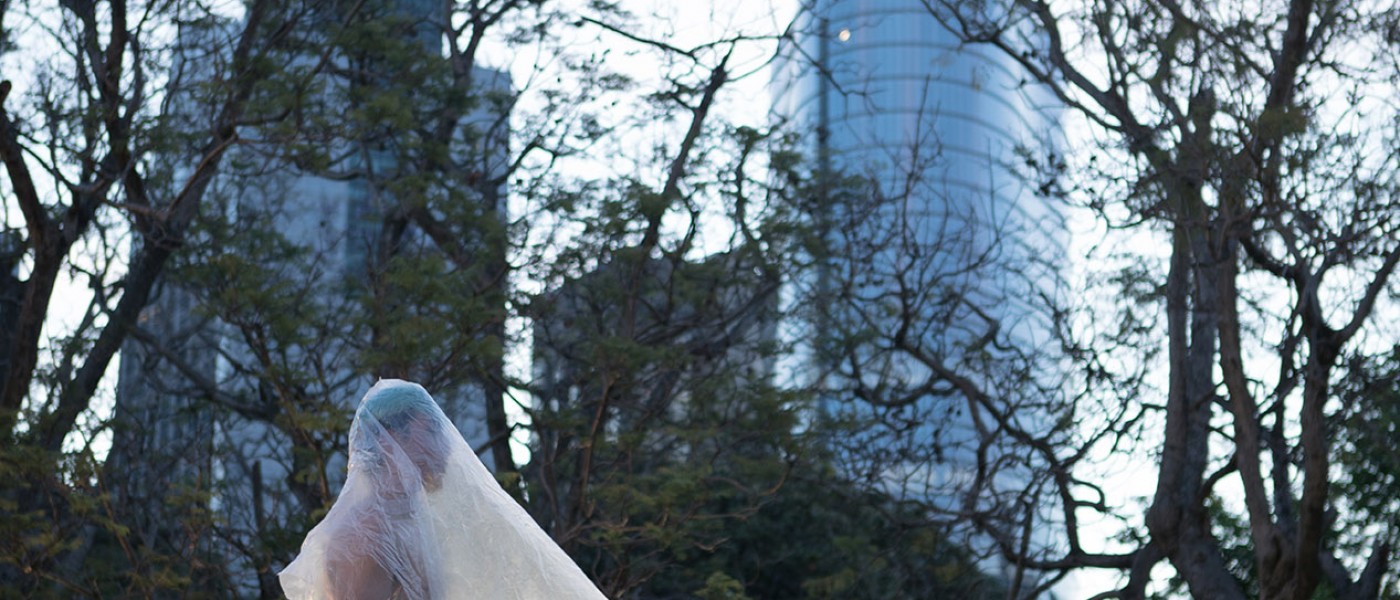The question arises once and again. What are the limits of a body? In ACAOL Mariana Bellotto composes-with increasing and decreasing power- a new object, that of the site-specific work/installation, which configures a world that goes beyond this, that and the other thing. It is the paradox of being at the same time in the presence of what can be seen and what has been lost, and of anticipating what comes next in this kind of fatality: shapes that get lost in a perspective beyond themselves recovered, reconfigured objects Things are no longer the way they were, although we can still see them and can envisage that something else is about to happen.
This enigmatic aspect is their poetic potential, the secret space where they can lose their meaning to acquire other possible meanings. Something that until recently was wire, fridge, toilet, bag, paper, waste becomes mysterious. Just like bodies: pierced, devastated, broken, torn, intense, surviving. That is where the plot of her work inhabits, uninhabiting, diverting. Her poetics is this world construction and display, where something is and at the same time is not there, something unique, ephemeral, momentary and unstable. Ghosts that surface in the open air, with no roof or protection whatsoever. Unsheltered, tattered, exposed, with no protective wrapping. Managing to get by unshelled. Out in the open, with no explanation to this exile. Orphans. Bare bodies. There is something cosmologically alert in this abandonment outdoors, in the fall of imaginary covers that give refuge inside, inside any where. Staggering, plunging. A body exposed to the cold or the heat or the wind or water outside, night after night, deserted and astray. Out in the open.



